Ambiences and Tendencies
 |
 |
 |
 |
 |
 |
 |
Hellfest: Festival of Mental Illness
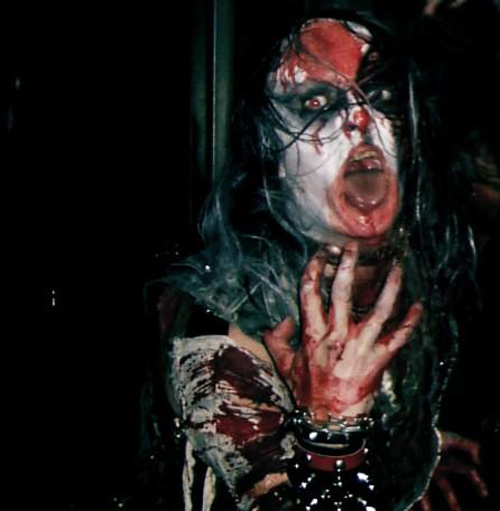
The three days of Hellfest, a heavy metal festival that takes place in Clisson, France, and that just ended on June 23, 2014, are instructive in more ways than one.
There were the typical hate-filled manifestations of anti-Christian behavior in the programme that features a variety of heavy metal, hard rock, punk and hardcore acts. But this "extreme music festival" also clearly reveals the strong tendency among lovers of heavy metal to display signs of bodily alterations, namely, multiple tattoos, piercings and scarifications.
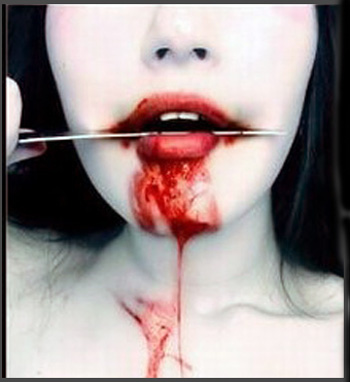
Body modifications that reflect serious personality disorders, both psychological and mental
We know from the specialists who study these matters that the great majority of individuals who submit themselves to these bodily alterations suffer varying degrees of personality disorders, and quite profound psychological and mental illnesses.
We know that the revival of tattoos and other bodily alterations in the West is open to numerous interpretations. Many reasons for the trend are given: aesthetical, certainly, as well as sexual and masochist ones, but they are also symptoms of serious psychological and social illnesses.
Even though the piercings, tattoos and bodily alterations have become more frequent these last years as a result of fashion, this does not prevent us from affirming that a large number of those who do these things suffer from serious identity disorders.
The tattoos affirm a new identity that stands for a defiance of religious prohibitions (in the three monotheist religions). In modern societies the tattoos express the desire for many to marginalize themselves, to make a public rejection of the establishment. The tattoo is not, therefore, just a taste for this or that drawing, but a codified symbolic language.
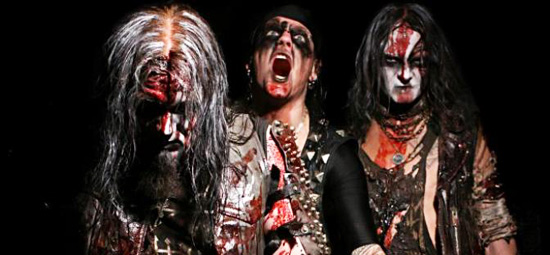
Major identity problems are clearly seen in heavy metal bands and fans
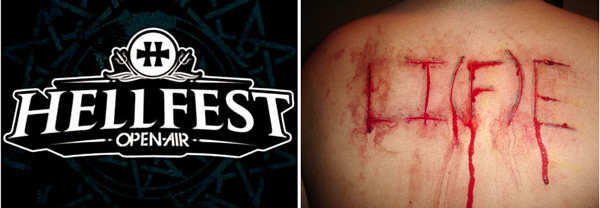
Behind Hellfest, a serious mental illness reveals itself
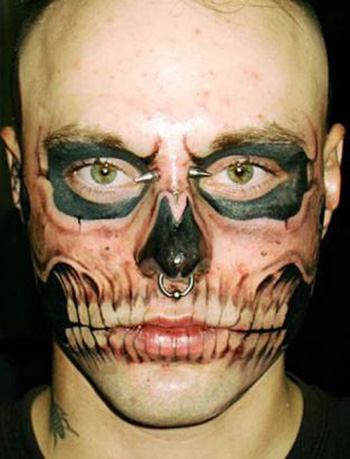
An explosion of disorders 'without limits'
“Such behaviors should not be trivialized. They are not simply behavioral patterns to relieve stress. They must be taken as warning signs that can announce serious mental disorders, including suicidal tendencies.”
If each epoch has its own illnesses, the disease of the 21st century could well be mental illness.
As David Le Breton, anthropologist and professor of sociology at the University of Strasbourg, France, explains, it is above all an illness that has “no limits” in its potential to wreak havoc: “These illnesses involving individualism and narcissism are going to explode.”
Thus, it may well be that behind the music that blares at Hellfest – spreading its highly perverse ideas soaked in an unhealthy occultism supported by Satanist theses – we find a deep disorder. Hellfest reveals a grave tendency to mental disorders that is more than just disturbing, judging by the persons who make up this milieu.
We can see that the morbid themes based on hatred, violence, evil and profanation – as stressed by the Bishops’ Conference – find a privileged place among the mentally ill persons who are for sure fans of heavy metal.
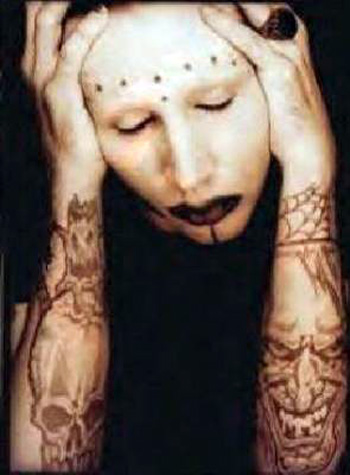
A hellish anguish bordering on despair
- Bataille G., "La mutilation sacrificielle et l’oreille coupée de Vincent Van Gogh." suivi de Claude H, Borel A, Robin G., "Une automutilation révélatrice d’un état schizomaniaque," Allia , 2006.
- Cotti P, Douville O, Scaramozzino S, et al., "Du marquage du corps à l’automutilation," Le Bouscat : L’Esprit du temps, 2005.
- Corcos M, Gicquel L. Les automutilations à l’adolescence, Dunod, 2010.
- Deville Cavellin M., Automutilation, Amalthée, 2005.
- Le Breton D., "La peau et la trace : sur les blessures de soi," Métailié ; 2003.
- Le Breton D., " Signes d’identité : tatouage, piercings et autres marques corporelles," Métailié, 2002.

Posted July 7, 2013
______________________
______________________








